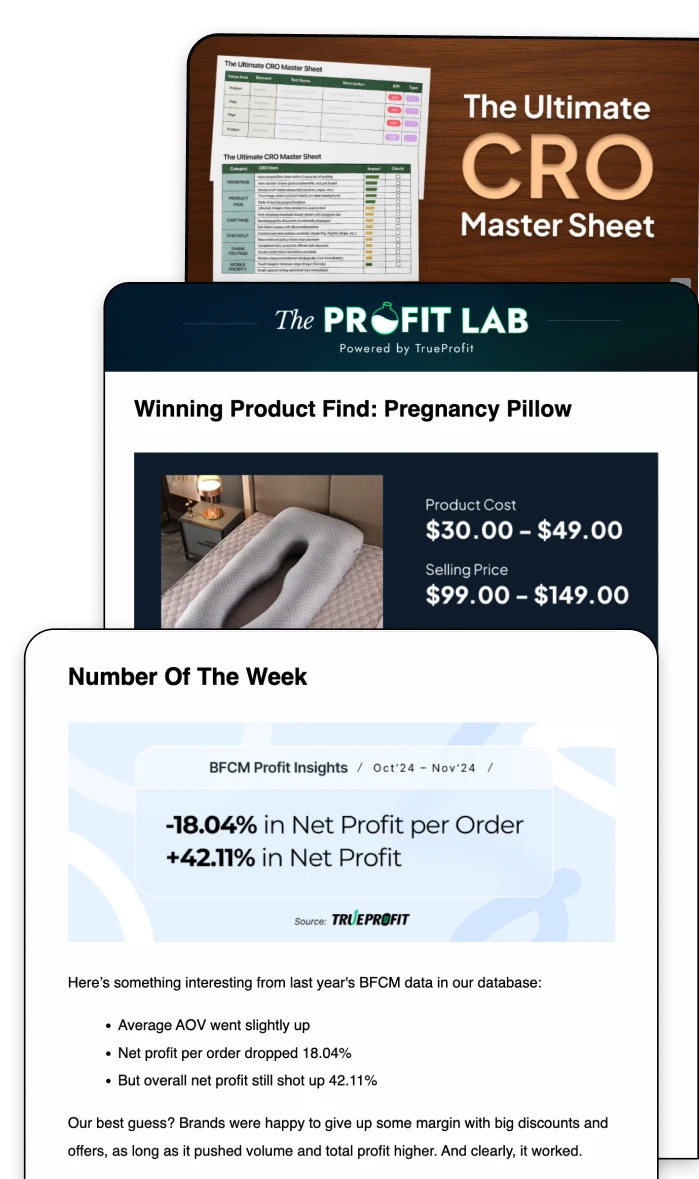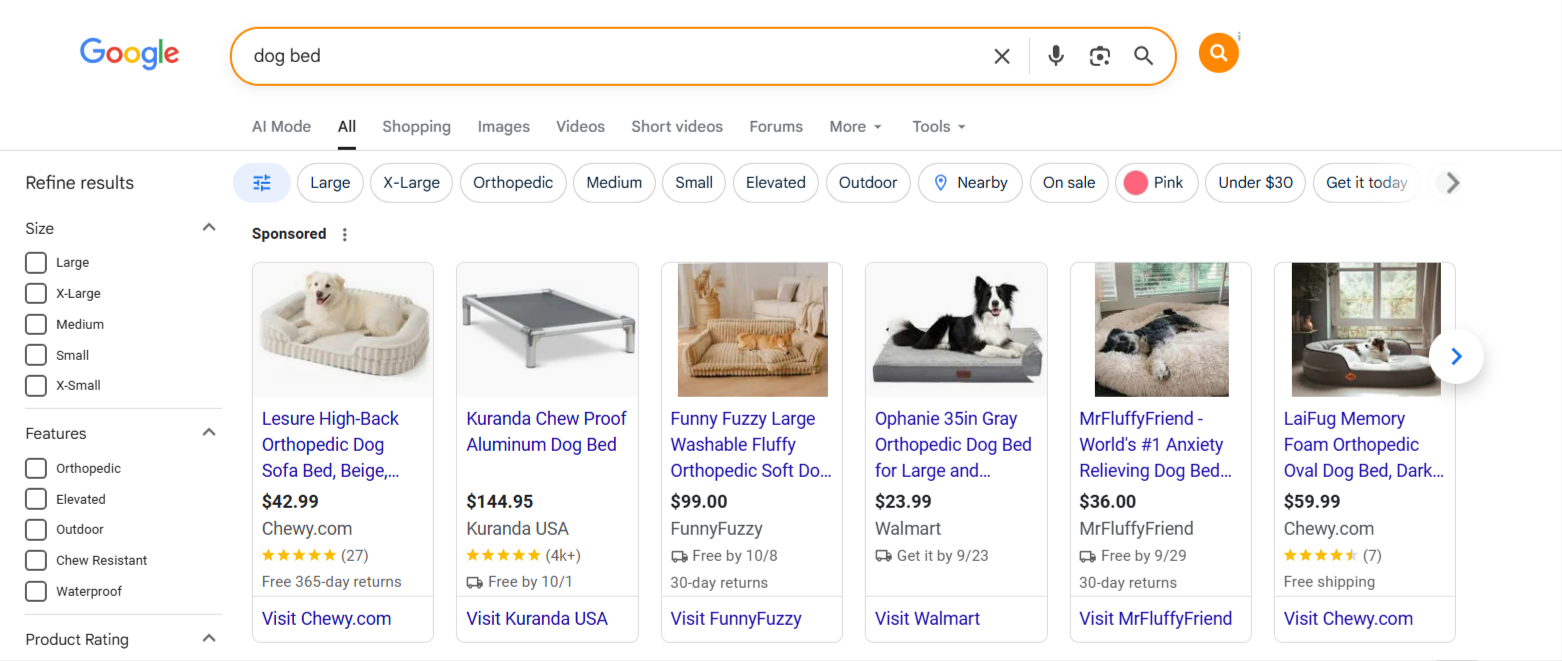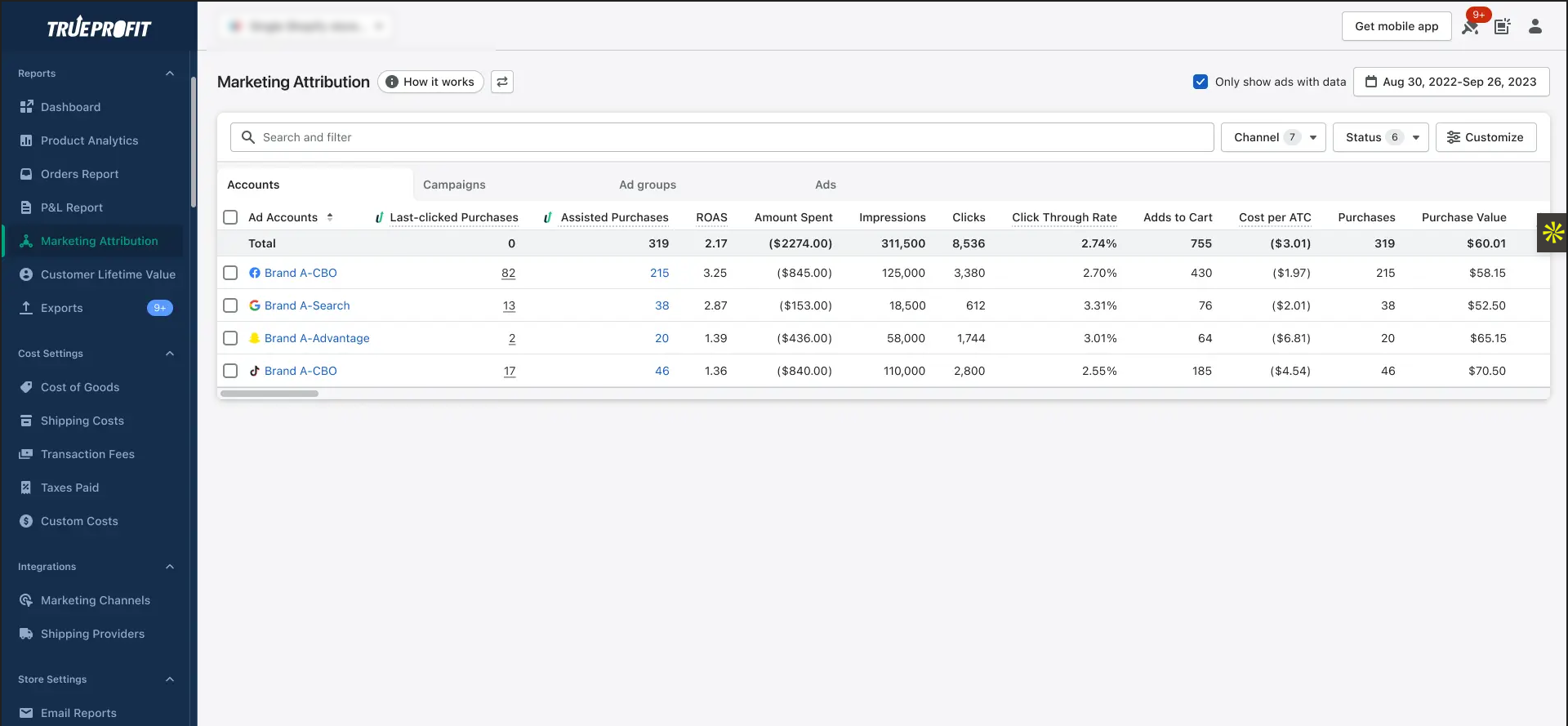What is a Good CPC? +4 Ways to Optimize It
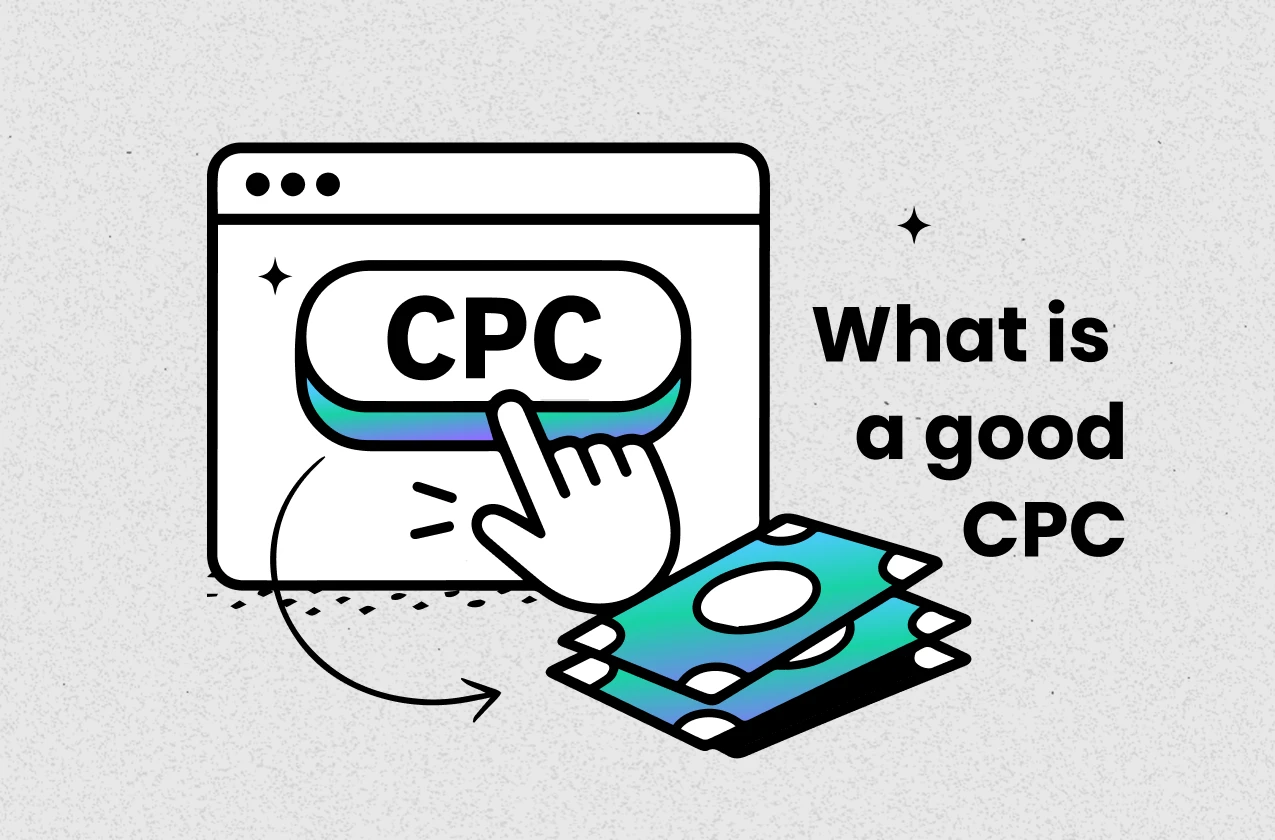
Cost per click (CPC) is one of the most important advertising performance metrics for anyone running online ads. It tells advertisers how much they pay each time a user engages with their ad. But a good CPC isn’t just about paying less—it’s about paying the right amount so each click leads to profitable conversions.
In this article, we’ll break down what is CPC, what counts as low or high, and strategies to optimize it for better ROI.
What is CPC?
Cost per click (CPC), also known as pay-per-click (PPC), is a performance-based advertising metric that measures how much advertisers pay when someone clicks on their ad.
Unlike cost per mille (CPM), which charges advertisers per 1,000 ad impressions, CPC is widely used by online marketers who want to drive immediate traffic to their websites without paying for impressions that don’t result in engagement.
The cost is calculated by dividing the total campaign spend by the number of clicks. For instance, if advertisers spend $100 on a campaign and receive 1,000 clicks, their CPC is $0.10 per click.

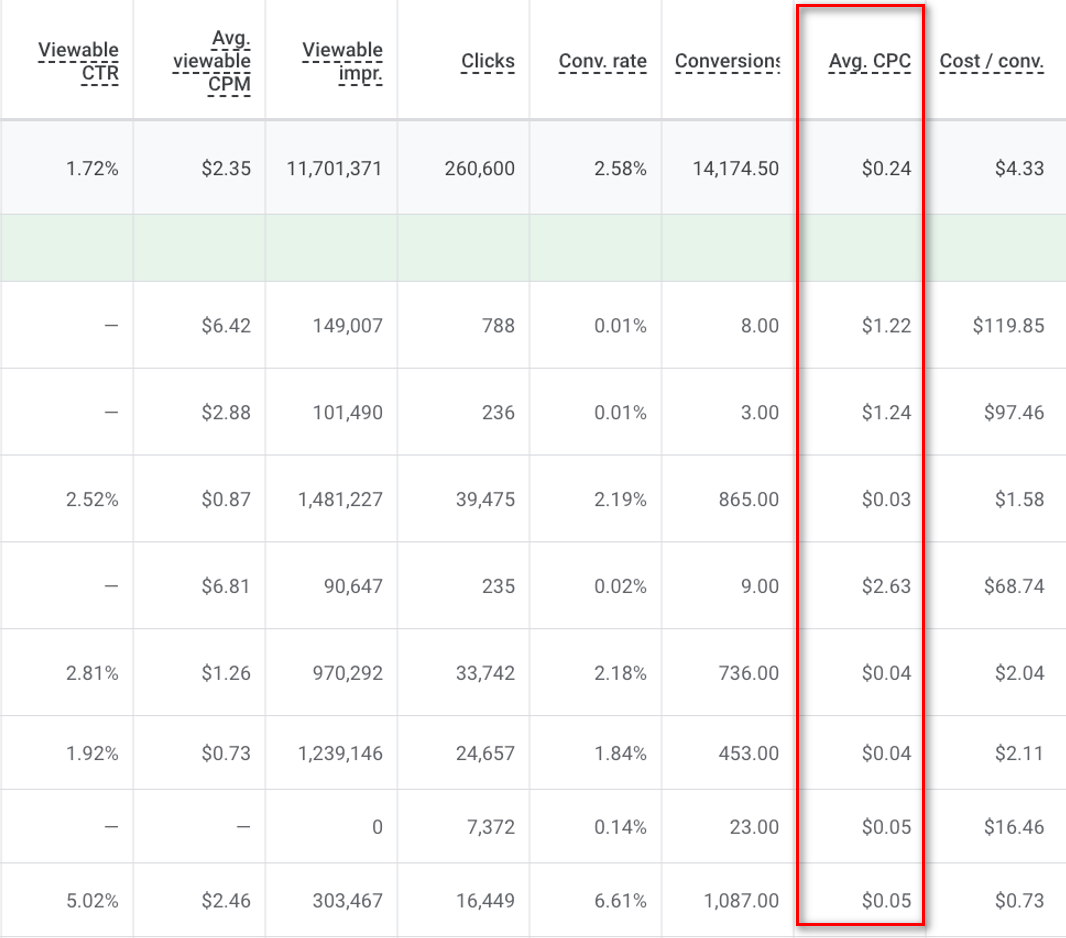
What is a Good CPC?
A good CPC ratio depends on the balance between click cost and revenue per conversion. Generally, a good ratio ensures that each click contributes to a profitable outcome, meaning CPC should be low enough to keep acquisition costs manageable relative to the true profitability value of a sale or lead.
For e-commerce or dropshipping, a common benchmark is $0.30–$1.00 per click for broad audiences. High-competition industries like finance or insurance may see CPCs of $3–$10+. Niche products with highly targeted audiences might fall somewhere in between.
At its core, a click costs no more than advertisers are willing to pay, determined through a bidding system on platforms like Google Ads or Facebook Ads. Advertisers might set a maximum bid of $1 per click, but the platform’s algorithm considers factors like ad relevance, quality score, and competition to determine their actual CPC.
What is Considered Low CPC?
A low CPC indicates that an advertiser is paying less per click compared to industry averages. This typically reflects well-targeted, relevant ads and efficient campaign management, which platforms reward with lower costs.
However, a lower CPC does not automatically mean campaign success. The more important Facebook Ad metric is cost per conversion—the expense incurred to achieve a sale, signup, or other desired action. Even when CPC is low, campaigns may underperform if landing pages or offers fail to convert visitors effectively.
What is Considered High CPC?
Likewise, a high CPC happens when an advertiser pays significantly more per click than industry benchmarks or past campaigns. That said, high CPC is not necessarily negative. In many cases, it only means the campaign targets high-value audiences or competitive markets where conversions generate sufficient revenue to cover the cost.
While high or low CPC is the important part in ad campaign management—the ultimate goal is still profitable conversions, so advertisers should always evaluate it with cost per conversion, return on ad spend (ROAS), and ultimately net profit on ad spend (nPOAS).
The key is balance: CPC should make sense relative to the revenue it generates per click. Even a high CPC can be profitable if the resulting conversions generate sufficient revenue. Conversely, low CPC is not valuable if conversions are rare or low in value.
What Factors Influence CPC
CPC is primarily determined by the dynamics of pay-per-click (PPC) auctions, where advertisers bid for ad placement. The higher the bid, the more likely an ad is to be shown. However, CPC is influenced by more than just the bid amount. Platforms evaluate ad quality, relevance, audience, and placement, among other factors.
Key factors affecting CPC include:
1. Ad Quality and Relevance
Platforms prioritize ads that engage users. Ads with low click-through rates (CTR) or poor relevance may see higher CPCs, even with modest bids. Conversely, highly relevant ads can achieve lower CPCs because the platform rewards engaging content.
2. Bidding Strategy
Manual bids and automated strategies can yield different results. For example, using automated CPM (cost per thousand impressions) bidding may result in a higher average CPC if ad engagement is low.
3. Ad Placement
The location of the ad affects cost. Newsfeed placements typically carry higher CPCs than less prominent placements, such as ads in mobile games or sidebars.
4. Audience Size and Targeting
Smaller, highly targeted audiences often cost more per click because competition for those users is higher. Broad, low-competition audiences generally yield lower CPCs.
How to Lower the CPC in a Business?
Lowering CPC requires a comprehensive approach, focusing not just on bids but also on ad relevance, landing pages, and campaign structure. Simply reducing bids or creating multiple pages for every keyword rarely leads to better results. Modern ad platforms are sophisticated—they recognize related terms (e.g., “dog” and “puppy”), so duplicating pages has little effect on quality score and can create unnecessary management overhead.
And remember, the primary goal for advertisers should not be CPC alone, but cost per conversion. Ads are responsible for driving traffic, but conversions depend on landing pages, messaging, and the user experience. To improve conversion rates and lower CPC indirectly, advertisers should do 3 these things first:
- Ensure copy is compelling and clearly motivates action.
- Design landing pages to maximize conversions, not just visual appeal.
- Monitor and optimize conversion rates continuously.
After that, advertisers can try these practical tactics on ad campaign:
1. Switch to Manual Biding
Manual bidding gives advertisers direct control over how much they pay per click. Manual bidding also enables advertisers to adjust bids by device, location, or audience segment. Historical data often shows which devices or demographics generate lower-cost, high-value leads. By gradually lowering the maximum bid, campaigns can identify the lowest sustainable CPC.
Noting that, this approach is only effective when combined with robust negative keyword lists, ensuring ads are not served to irrelevant or low-value traffic.
2. Broaden Keyword Targeting
By using broader keyword targeting, platforms can match ads to a wider range of search queries that are related to the core keywords, rather than limiting campaigns to exact terms. For example, an ad targeting “dog training” might also appear for searches like “puppy obedience classes” or “how to train a dog.”
Keyword expansion involves adding new, relevant keywords to existing campaigns based on search data, competitor insights, or user behavior trends. This approach increases the pool of potential clicks and gives platforms more opportunities to find cost-efficient traffic.
3. Pick the Right Conversion Tracking
Accurate conversion tracking is critical. Advertisers should ensure CRM, GA4, and other analytics systems are fully integrated to provide reliable data for bidding algorithms. Platforms optimize bids based on historical conversions, so incomplete tracking can inflate CPC and reduce efficiency.
Here’s your catch: Attribution should be aligned with actual business outcomes. Phone leads, offline conversions, or multi-channel touchpoints need to be accurately reflected to optimize bidding correctly.
4. Continuous Testing and Monitoring
Here’s the truth. CPC and campaign performance aren’t static—they’re constantly moving targets, influenced by competition, audience behavior, and the platform’s own algorithms. That’s why continuous testing and monitoring is essential.
It starts with the ads themselves. Headlines, visuals, descriptions, and calls-to-action all need to be tested to see what drives clicks and engagement without inflating CPC.
Then there are landing pages. No amount of ad optimization will save a page that’s slow, confusing, or irrelevant.
Audience segments, devices, and locations matter too. Desktop users might convert better than mobile, or one region might consistently deliver higher-quality traffic.
Keywords also need constant evaluation: pause or refine the underperformers, and expand the winners. And don’t forget negative keywords—they prevent wasted spend from irrelevant searches.
Track the True Value of Every Click
Clicks alone don’t reveal the full picture of campaign performance. Without understanding the net profit generated, it’s impossible to know which conversions are truly delivering value.
TrueProfit is a net profit analytics platform built to solve this critical problem. It helps track net profit on ad spend, factoring in all costs such as COGS, shipping, and other overheads for Shopify merchants. This way, advertisers can spot the true value of clicks that ensure marketing efforts are not just generating traffic, but meaningful, profitable results that impact the business’s net income.
With this insight, decisions about CPC also become data-driven, helping advertisers maximize the value of every click and focus resources on campaigns that drive real growth.
Final Thoughts
This is the most important point: A good CPC should be one that allows advertisers to generate profitable conversions at a reasonable cost.
While maintaining a good CPC is important, advertisers focused on generating sales or leads should prioritize KPIs that measure actual profitability, such as return on ad spend (ROAS) or cost per acquisition (CPA).
Tracy is a senior content executive at TrueProfit – specializing in helping eCommerce businesses scale profitably through content. She has over 4 years of experience in eCommerce and digital marketing editorial writing. She develops high-impact content that helps thousands of Shopify merchants make data-driven, profit-focused decisions.

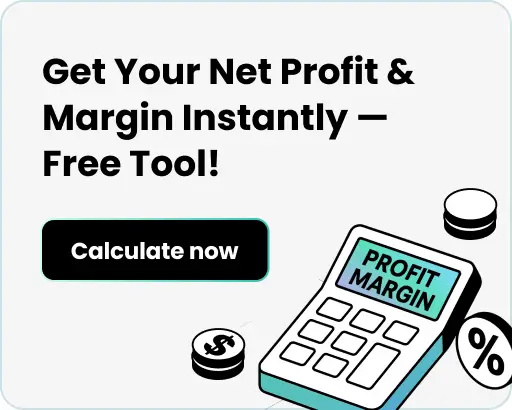

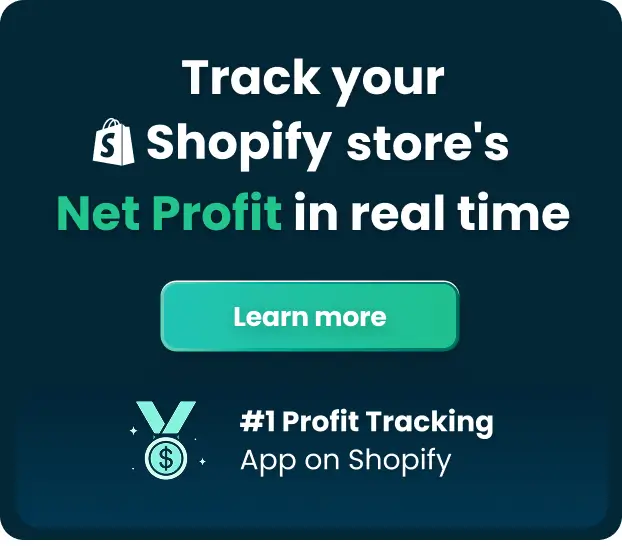
 Shopify profits
Shopify profits